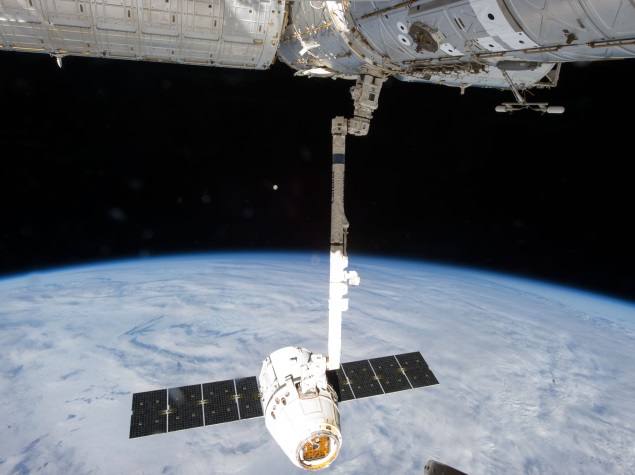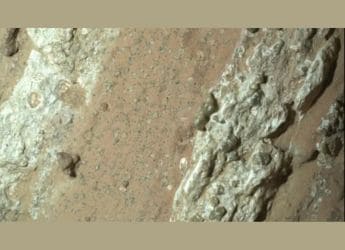- Home
- Science
- Science News
- Nasa Unveils Novel Space Engine Requiring No Propellant
Nasa Unveils Novel Space Engine Requiring No Propellant

The engine appears to produce propulsion through electricity and nothing else.
In a test paper, Nasa scientists said they recorded about 30-50 micro-Newtons (mN) of thrust from an electrical propulsion test article, harnessing subatomic quantum particles.
Testing was performed on a low-thrust torsion pendulum that is capable of detecting force at a single-digit micronewton level, within a stainless steel vacuum chamber with the door closed but at ambient atmospheric pressure.
This means that Nasa may be able to create an inexpensive low-thrust, long-term technology with virtually no cost.
The discovery can also reduce the cost of maintaining orbital stability of satellites and interstellar travel.
"This unique electric propulsion device is producing a force not attributable to any electromagnetic phenomenon, and is potentially interacting with quantum vacuum virtual plasma," Nasa said in the test paper.
The US space agency now plan to run further tests to validate its findings.
Get your daily dose of tech news, reviews, and insights, in under 80 characters on Gadgets 360 Turbo. Connect with fellow tech lovers on our Forum. Follow us on X, Facebook, WhatsApp, Threads and Google News for instant updates. Catch all the action on our YouTube channel.
Related Stories
- Samsung Galaxy Unpacked 2025
- ChatGPT
- Redmi Note 14 Pro+
- iPhone 16
- Apple Vision Pro
- Oneplus 12
- OnePlus Nord CE 3 Lite 5G
- iPhone 13
- Xiaomi 14 Pro
- Oppo Find N3
- Tecno Spark Go (2023)
- Realme V30
- Best Phones Under 25000
- Samsung Galaxy S24 Series
- Cryptocurrency
- iQoo 12
- Samsung Galaxy S24 Ultra
- Giottus
- Samsung Galaxy Z Flip 5
- Apple 'Scary Fast'
- Housefull 5
- GoPro Hero 12 Black Review
- Invincible Season 2
- JioGlass
- HD Ready TV
- Laptop Under 50000
- Smartwatch Under 10000
- Latest Mobile Phones
- Compare Phones
- Honor Win RT
- Honor Win
- Xiaomi 17 Ultra Leica Edition
- Xiaomi 17 Ultra
- Huawei Nova 15
- Huawei Nova 15 Pro
- Huawei Nova 15 Ultra
- OnePlus 15R
- Asus ProArt P16
- MacBook Pro 14-inch (M5, 2025)
- OPPO Pad Air 5
- Huawei MatePad 11.5 (2026)
- Xiaomi Watch 5
- Huawei Watch 10th Anniversary Edition
- Acerpure Nitro Z Series 100-inch QLED TV
- Samsung 43 Inch LED Ultra HD (4K) Smart TV (UA43UE81AFULXL)
- Asus ROG Ally
- Nintendo Switch Lite
- Haier 1.6 Ton 5 Star Inverter Split AC (HSU19G-MZAID5BN-INV)
- Haier 1.6 Ton 5 Star Inverter Split AC (HSU19G-MZAIM5BN-INV)

















